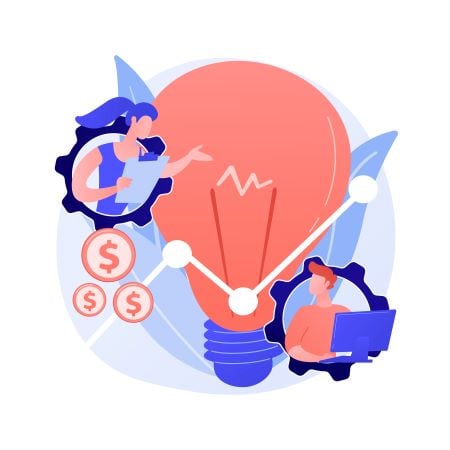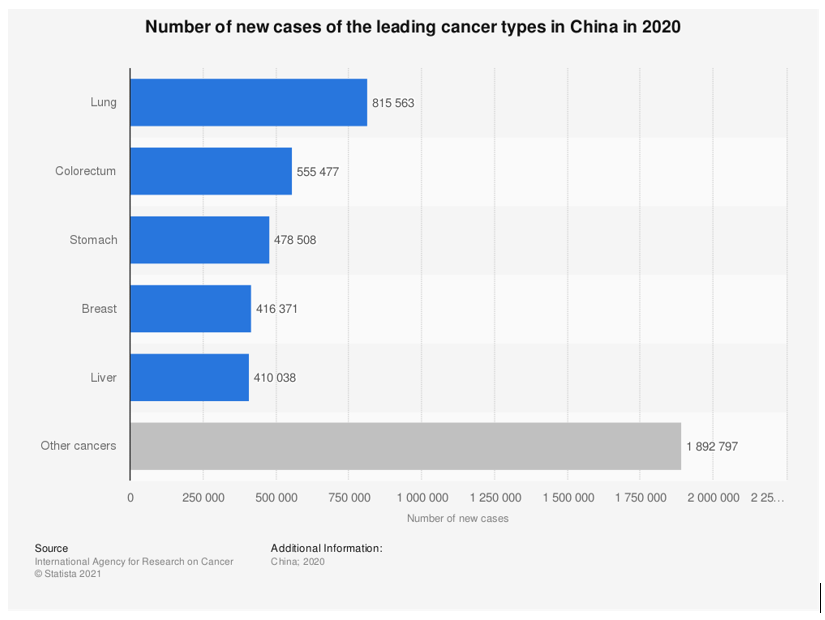I think I shocked the participants of the high-potential leader program I was leading this week. “Rob, what is the most important Business Acumen Skill we will need going into 2022?” was the question in the virtual classroom. I am sure they were thinking I would answer something related to strategy, competitive analysis, or ways to drive increased shareholder value.
what is the most important Business Acumen Skill we will need going into 2022?” was the question in the virtual classroom. I am sure they were thinking I would answer something related to strategy, competitive analysis, or ways to drive increased shareholder value.
My answer, better forecasting skills, isn’t as sexy but in actuality contains all of the above in the impact it makes. You can only execute your strategy, understand your competition, and make the best decisions to drive shareholder value if you are forecasting well and effectively.
Great Forecasting Transcends the Business Enterprise
Forecasting isn’t just for the Finance and Sales departments anymore. It cuts across the business enterprise and every function depends on having the skills needed to accurately forecast the business to thrive as an aligned organization. The best and most successful businesses leverage the ability to forecast across the enterprise to optimize performance. Think about the criticality of the functions of the enterprise in 2022 and beyond:
- Marketing – Must know who the customers are to create awareness
- Sales – Must know the demand and who to sell to
- Human Resources – Must know what type of people to hire based on the business conditions
- Manufacturing – Must know how much product to make.
- Supply Chain – Must know how much to order
- Finance - Must know how to budget and finance the business
6 Tips on How to Develop Your Forecasting Skills (No Matter What Function)
Start with the big picture
Every forecast must start with the big picture. How big is the market? Is it large, is it growing, is it shrinking? There are many sources of information available to help you determine how big the market is. Take for example new cases of cancer in China in 2020. In 10 seconds, using a paid service such as Statistica, you can determine that the total lung cancer market in China is 815,563 cases.

Analyze the trends
The next step is to analyze the trends. Is the total market going up or going down? If I look at the total markets for the past few years, what would I find? In this instance, the number of lung cancer cases outside of China has dropped 36% but has increased by more than 50% year over year over year in China. Trend analyses give you insights into where the markets are going which yields significantly better forecast accuracy.
List the potential impacts and circumstances that will affect the market
The next step of the process is to determine and list the potential impacts and circumstances that could change the size of the market. Will people in China stop smoking? Will the government ban smoking? Will there be enhanced pollution laws? Will nothing be done? Based on the potential impacts, you then adjust the potential size of the market up or down with the best guess.
What is your product or service going to do to increase decrease the market?
As the size of the market evolves, you next need to think about the things your products and services will do to affect the market. Will it stimulate the size of the market? Lowering prices would do that. Will it shrink the size of the market? Raising prices will do that. How about your competitors and their actions? All too often this is a critical missing step in forecasting.
The best guess of your share of the market
The most critical part of accurate forecasting is delivering your best guess of the share of the market you are going to obtain. Your guess should be based on research that includes:
- Penetration of segment types (are you going after the innovators, price-conscious, or solution-focused customers and how many of them will you win?)
- Trend analysis (is your share of the market going up, down, or sideways)
- Competitive analysis (if competitor X has a 20% share with an inferior product, then we should easily capture 25% with a better product)
Track your success
You won’t get it right the first time. But track your success and make adjustments. Was your forecast accuracy better than 70% the first time? 73% the second, and 75% the third? Then you are doing something right. Figure out what that is and get better at it.
In summary, having an accurate forecast can mean the difference between success and failure. As the global economy continues to be volatile and the supply chain disruption continues to impact markets, your ability to develop your forecasting skills will make you an incredibly valuable asset.



